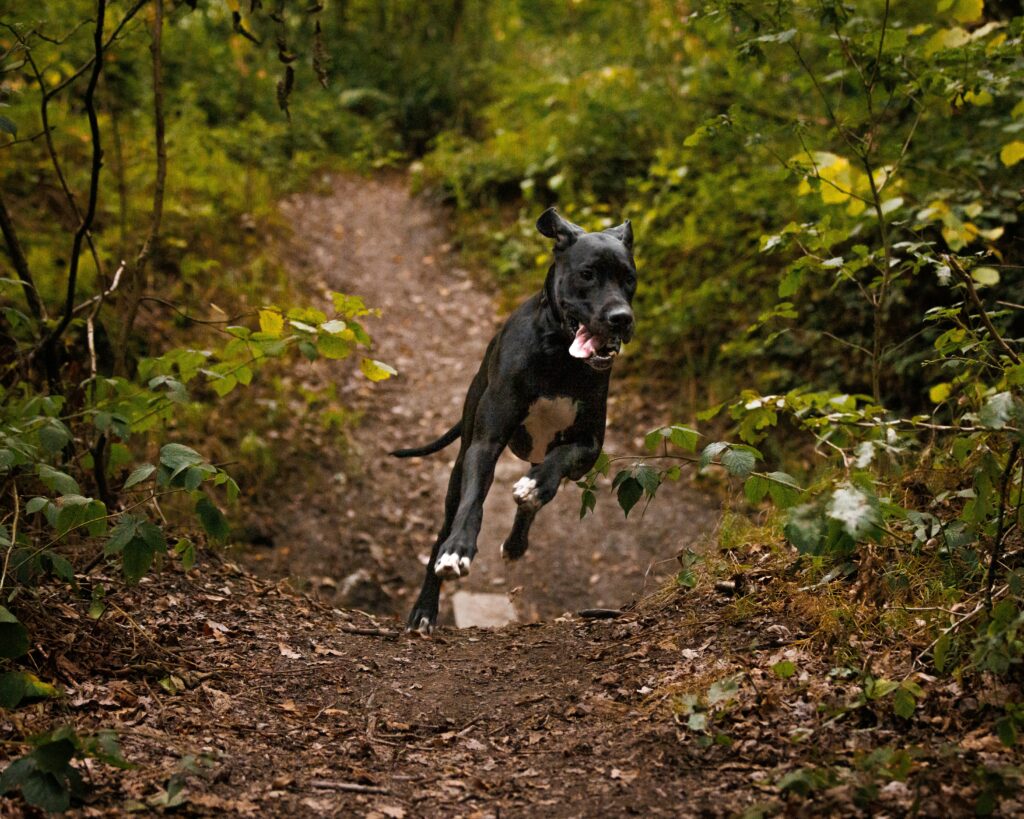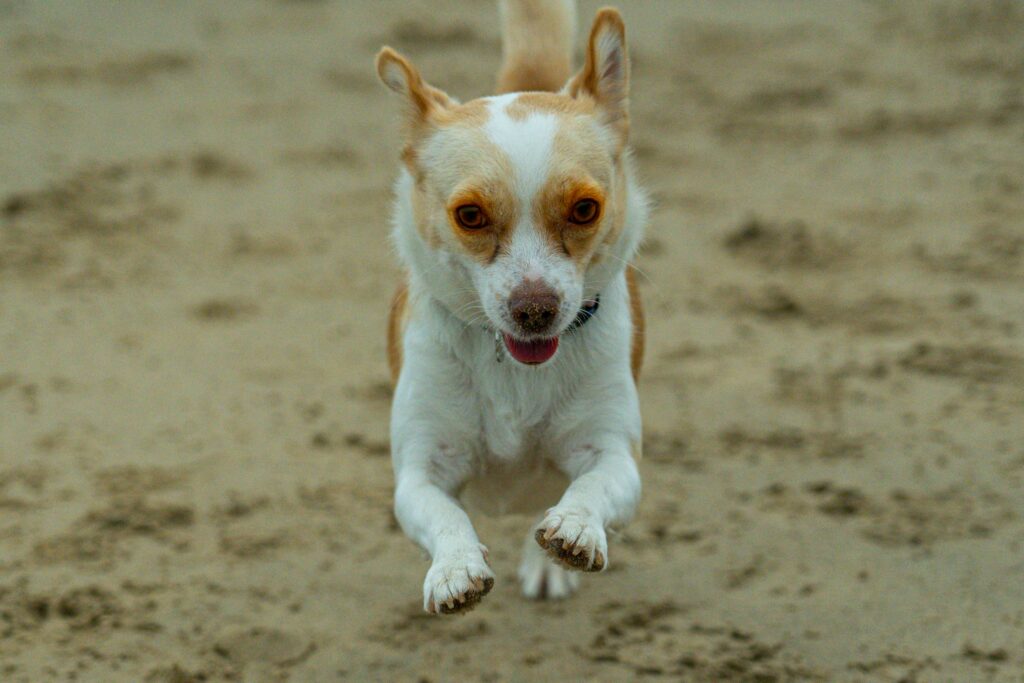Zoomies and Puppyhood: Why Young Dogs Are Especially Prone
What Are Puppy Zoomies?
If you’ve ever raised a puppy, you’ve likely witnessed the delightful chaos of zoomies—those intense, sudden bursts of energy where your dog races around the room, spins in circles, or does laps in the backyard with ears flapping and tongue hanging out.
While zoomies can happen at any age, puppies are especially famous for them.
But why?
Let’s explore what makes puppies so prone to these high-speed episodes and how to embrace and manage the madness.
1. Endless Energy to Burn
Puppies have a lot of energy. Their little bodies are developing, their minds are exploring, and their days are filled with excitement and stimulation.
Since they haven’t yet learned how to pace themselves or settle on command, zoomies become a natural outlet for:
-
Physical energy
-
Mental excitement
-
Emotional stimulation
Zooming helps them reset and release all that bottled-up energy.
2. First-Time Experiences Trigger Zooms
Everything is new to a puppy:
-
First car ride? Zoom.
-
First bath? Double zoom.
-
First snow? Watch them go wild!
Because they’re experiencing the world for the first time, their reactions are bigger, faster, and more enthusiastic. Zoomies can be their way of expressing surprise, confusion, or sheer joy.
3. Play Is a Learning Tool
Zoomies can be part of natural play behavior. Puppies use play to learn about:
-
Body control
-
Coordination
-
Communication with humans and other dogs
Zooming mimics the motions of play-chasing, hunting, or escaping—all important instincts that puppies are learning to refine.
4. They’re Not Great at Regulating Emotion Yet
Puppies haven’t developed impulse control. Just like toddlers, when they feel excitement or overstimulation, they don’t always know how to calm down. So instead, they explode into motion.
Zoomies often happen:
-
After meals
-
After potty breaks
-
Before bedtime
-
When greeting people
It’s their version of shouting, “I CAN’T HOLD THIS IN ANYMORE!”
5. They’re Testing Their Bodies
Zooming helps puppies:
-
Learn how fast they can run
-
Practice turning quickly
-
Improve muscle coordination
These mini energy outbursts build strength and confidence, making it a vital part of development.
Should You Be Concerned?
Zoomies are normal, but there are a few things to keep in mind:
-
Safety first: Zoom-proof rooms by removing slick rugs, closing stair access, and avoiding sharp-edged furniture.
-
Avoid reinforcing bad behavior: Don’t laugh if they’re zooming on the furniture or knocking things over. Stay neutral and redirect when needed.
-
Don’t interrupt unless necessary: Zoomies often last less than 5 minutes. If they’re in a safe space, let it run its course.
How to Handle Puppy Zoomies
Here’s how to manage the chaos productively:
-
Predict the zoom: Puppies often zoom at the same times daily. Use this to your advantage—set up playtime before or after meals or walks.
-
Provide structure: Balance energetic play with calm activities like snuffle mats or puzzle toys.
-
Practice calm cues: Teach “settle” or “place” using positive reinforcement so your puppy learns how to come down from the high.
-
Don’t chase them: That turns zoomies into a game and can make it harder to calm them down.
Embrace the Puppy Energy
Zoomies aren’t just a nuisance—they’re a window into your puppy’s spirit. When you understand why they’re happening, you can appreciate the joy, humor, and growth behind every wild lap around the living room.
This stage won’t last forever, so enjoy the bouncy paws, the wiggly butts, and the lightning-speed dashes while they last!


